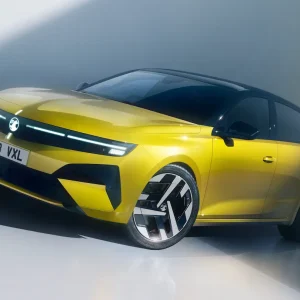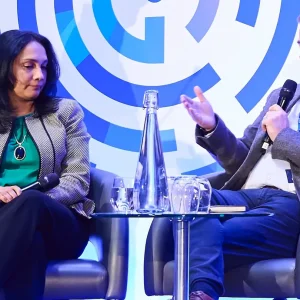Fleets around the country are taking very different approaches to replacing their Land Rover Defender off-roaders.
With supply of new Defenders ending, some fleets have stockpiled models, while others are planning on running theirs for as long as possible.
Land Rover stopped building the iconic 4×4 at the end of January after 68 years. More than two million were made, with Land Rover claiming that over three-quarters are still in regular use today.
Rental firm SHB Hire has “over 1000” Defenders on its books at the moment, but MD Paul Street told BusinessCar that the firm ordered around 500 new models, which can be registered up until August, shortly before production ended.
Looking ahead, Street commented: “Ultimately, the Japanese/4×4 pick-ups will dominate the market even more so [than at present].”
As if to prove the point, in the past year, South West Water has trialled Isuzu’s D-max pick-up, and has taken eight Defenders off-fleet.
However, a spokeswoman for the company told BusinessCar: “We tend to keep our 4×4 assets for in excess of 10 years, so we will still have Defenders on-fleet for the foreseeable future.”
BT, meanwhile, said it is reviewing its “specialist vehicle portfolio”, which includes 51 Defenders, and said it will make a decision on vehicle life extensions or replacements “in due course”.
The Forestry Commission said it plans to keep its three Defenders “for as long as possible”, with two models expected to remain on-fleet for at least the next 10 years. The Government department added that it is currently replacing its 4x4s with Toyota Hiluxes.
“We have seen an increase of interest in our Hilux model, particularly from utility companies and converters,” Stuart Ferma, national fleet sales manager for Toyota told BusinessCar.
Joining the Forestry Commission in keeping its Defenders for an extended period of time is Thames Water. It has 23 models and said it would “continue using them until the end of their service life”, but added that as this is “a number of years away” it had not given any consideration to the replacements.
National Grid, however, revealed it is defleeting its 25 models within the next three to four years and replacing them with the Mitsubishi L200 pick-up and the Hilux.
Another fleet which keeps its Defenders for a long period of time is the Maritime and Coastguard Agency, with the oldest of its eight-vehicle Defender fleet being 23 years old and having 21,500 miles on the clock.
Shortly before Christmas William Brown, general manager of Isuzu in the UK, told BusinessCar his company’s “biggest win” had been the Land Rover Defender going out of production.
“We have long positioned the D-max as an alternative for the Land Rover Defender, and we’re now benefitting hugely from the cessation of its production. In line with our dealers reporting a large uplift in individual purchases, we have seen a massive uplift in fleet orders. As an example, we’re finalising contracts with a major utilities company to replace their fleet of over 100 Defenders with Isuzu D-max pick-ups.”





